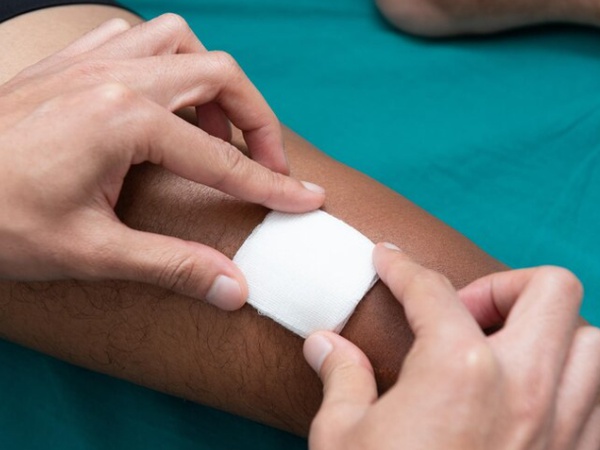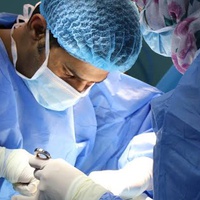Al Manşūrah, Egypt
The Vital Role of Draining Infected Wounds

<p>In the medical field, draining infected wounds is a critical procedure with profound implications for patient health. When wounds become infected, they can fill with pus, a mixture of dead cells, bacteria, and fluid. Draining these wounds, often through a small incision, is essential for several reasons, which we'll explore in this article.</p><p><br></p><p>Understanding Infected Wounds:</p><p><br></p><p>When bacteria invade a wound, the body responds with inflammation, resulting in the formation of pus. This pus not only hinders healing but also provides a cozy environment for bacteria to thrive, worsening the infection. Ignoring infected wounds can lead to severe complications, including systemic infections and tissue damage.</p><p><br></p><p>The Role of Draining:</p><p><br></p><p>Draining infected wounds involves making a deliberate cut to allow the pus to escape. This procedure serves several crucial purposes:</p><p><br></p><p>1. **Clearing the Infection**: By draining the pus, healthcare providers remove the bacteria and debris causing the infection, helping to stop it from spreading further.</p><p><br></p><p>2. **Reducing Pressure**: Pus buildup creates pressure within the wound, leading to pain and hindering blood flow. Draining the pus relieves this pressure, easing discomfort and promoting better blood circulation.</p><p><br></p><p>3. **Promoting Healing**: With the infection removed, the body can focus on healing the wound. Draining allows for faster tissue repair and reduces the risk of complications.</p><p><br></p><p>Clinical Scenarios:</p><p><br></p><p>Draining infected wounds is necessary in various situations:</p><p><br></p><p>1. **Abscesses**: Localized pockets of pus called abscesses require draining to prevent them from getting worse and causing systemic infections.</p><p><br></p><p>2. **Cellulitis**: Infections like cellulitis can spread rapidly and may require draining to prevent serious complications.</p><p><br></p><p>3. **Postoperative Wounds**: Surgical wounds can become infected and may need draining to avoid further problems.</p><p><br></p><p>4. **Necrotizing Fasciitis**: A severe condition where bacteria destroy tissue, draining is vital to prevent widespread damage and save lives.</p><p><br></p><p>Challenges and Considerations:</p><p><br></p><p>While draining infected wounds is crucial, it's not without challenges:</p><p><br></p><p>1. **Risk of Bleeding**: Draining can sometimes lead to bleeding, which needs to be controlled carefully.</p><p><br></p><p>2. **Anesthesia**: Patients may need anesthesia to numb the area before draining, especially for deeper wounds.</p><p><br></p><p>3. **Antibiotics**: Draining may be coupled with antibiotic treatment to fully clear the infection.</p><p><br></p><p>4. **Wound Care**: Proper care post-draining is essential to prevent further infections and aid healing.</p><p><br></p><p>Conclusion:</p><p><br></p><p>In conclusion, draining infected wounds is a vital aspect of medical care. By removing infection and promoting healing, it prevents complications and helps patients recover faster. Healthcare providers must recognize the importance of this procedure and ensure it's done promptly and effectively for the best outcomes.</p>


The Vital Role of Draining Infected Wounds
By
 Dr Mo Ameer
•
2 plays
Dr Mo Ameer
•
2 plays
 Dr Mo Ameer
•
2 plays
Dr Mo Ameer
•
2 plays
0:00 /
0:00
Other insights from Dr Mo Ameer


Dr Mo Ameer
 Al Manşūrah, Egypt
Al Manşūrah, Egypt
 Al Manşūrah, Egypt
Al Manşūrah, Egypt

Dr Mo Ameer
 Al Manşūrah, Egypt
Al Manşūrah, Egypt
 Al Manşūrah, Egypt
Al Manşūrah, Egypt

Referral Earning
Points-to-Coupons
Insights for you.







 417
417
























































Comments